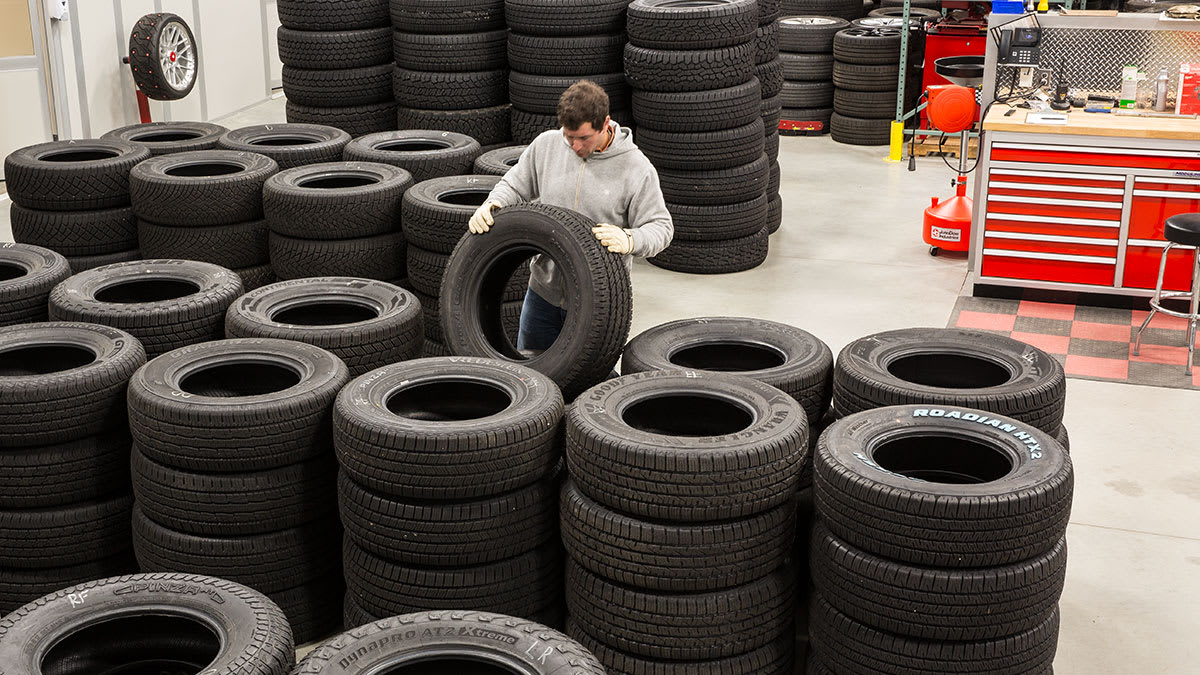We bought four Pirelli models. Three were from Brazil and one from Mexico, but none from Italy, where the company is headquartered.
The tires that have filled our tire shop these past three years have come from Brazil, Canada, China, Costa Rica, Ecuador, Finland, Germany, Hungary, India, Indonesia, Italy, Japan, Korea, Mexico, Netherlands, Philippines, Poland, Portugal, Romania, Russia, Taiwan, Thailand, Turkey, U.S., and Vietnam. It’s striking that the range of countries here is far more varied than for cars we’ve tested over the same time.
Years ago, when we did a similar dive into the origins of our tested tires, we found that some categories were more frequently from the U.S. than others. Unsurprisingly, this was the case with SUV and truck tires. But this time there’s no clear trend. Tires come from all over.
And our test results show that national bragging rights have no traction. There’s no connection between where a tire is made and how it performs. But the factory location may have an impact on costs going forward due to tariffs, either for the model or the brand as a whole. Given how diverse the sourcing is for tires, the costs will likely be reflected in the price of all tires, potentially not giving any brand a particular price advantage.
Savvy consumers are best served choosing replacement tires based on our ratings, factoring in the predicted tread life and cost, rather than judging a tire by its country of origin.
Source link
-
-
-
-
-
-
-
-
